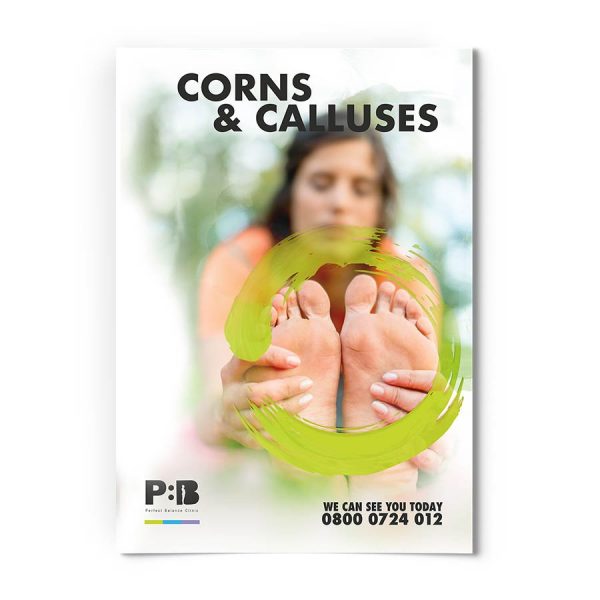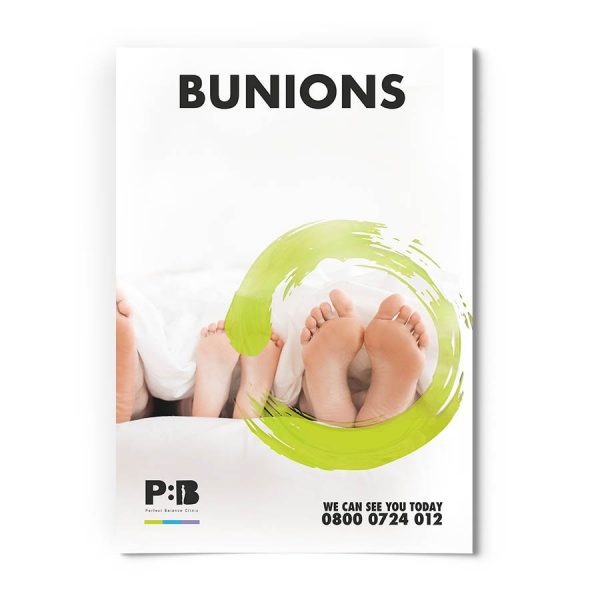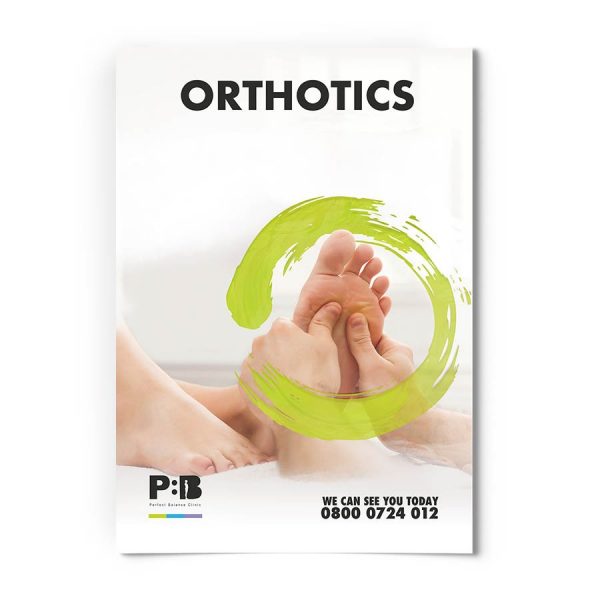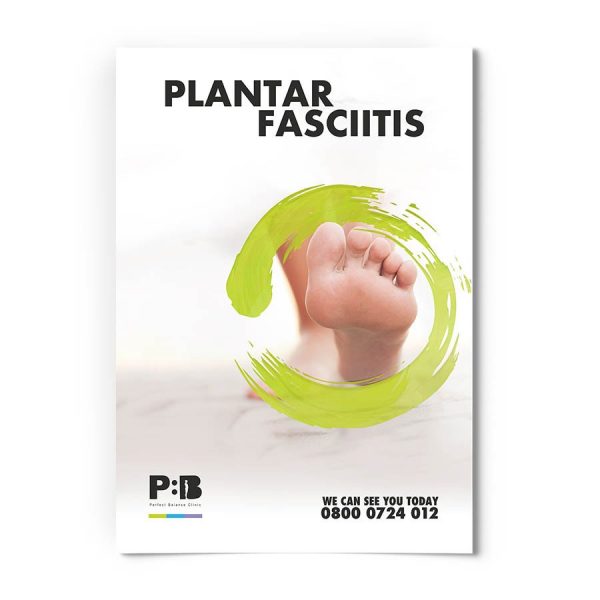Calluses are areas of thickened, hardened skin that form as a protective response to repeated friction, pressure, or injury. Characteristically, calluses have a yellow or grey appearance and exhibit decreased sensitivity to touch when contrasted with the surrounding skin. Although prevalent on the hands and feet of active individuals, they can become troublesome if they undergo significant enlargement, resulting in discomfort or pain. It is worth noting that calluses can also arise on other parts of the body, like the elbows and knees, wherever there is sustained pressure.
What Causes Calluses?
Calluses develop due to repeated friction or pressure on a specific area of the skin over a prolonged period. This pressure causes the skin to die and a protective, hard surface forms in its place. Contrary to common belief, viruses do not cause calluses, and they are not contagious.
Calluses on the hands often result from handling objects that exert pressure on the skin, such as tools or sporting equipment. Foot calluses, on the other hand, usually develop due to excessive pressure from footwear. For instance, tight shoes can squeeze the foot, leading to skin thickening. The front part of the foot can experience constriction when wearing high-heeled shoes, whereas loosely fitted shoes can lead to foot slippage and continuous friction against the shoe. Thin-soled shoes can exert more pressure on the foot while walking than thicker-soled shoes. Going sockless in shoes or walking barefoot can amplify friction, leading to the thickening of the skin.
Symptoms and Diagnosis of Calluses
Calluses are typically thick, hard, and dry, with a yellowish or greyish appearance. They are less sensitive to touch compared to the surrounding skin and have a bumpy texture. While calluses can reduce pain by providing a protective layer, they can also cause discomfort when walking or wearing shoes, especially if the callus is large.
Diagnosis of calluses usually involves a physical examination by a healthcare professional. Your doctor may ask about your hobbies, job, and footwear preferences during the examination. If there is a concern regarding a potential bone issue, an x-ray might be recommended to ensure a more precise diagnosis.
Effective Treatments for Calluses
Calluses typically do not require treatment unless they cause pain. Seeking guidance from a healthcare professional is crucial for individuals with conditions such as peripheral neuropathy, peripheral arterial disease, or diabetes, which can lead to numbness or circulatory issues, before embarking on any treatment endeavours.
When a callus is painful, the primary treatment goal is to eliminate the friction or pressure causing it, allowing it to heal naturally. This can be achieved by wearing properly fitting footwear and using protective padding, such as doughnut-shaped pads, to cushion the callus. Other padding options include toe crest pads, toe caps, toe sleeves, and toe separators.
To soften calluses and eliminate dead skin, over-the-counter products containing salicylic acid can be employed. However, it is crucial to remember that trimming a callus with a sharp knife or razor should be undertaken exclusively by a professional healthcare provider to mitigate the risks of infection or injury.
When the bone structure is involved, surgery may emerge as the most effective treatment option. To mitigate the likelihood of callus recurrence, it is essential to steer clear of activities that subject your hands and feet to excessive pressure, while simultaneously upholding a diligent skincare routine.
Conclusion
Although calluses are frequent and typically benign, they can induce discomfort. Utilising home remedies and over-the-counter treatments can often effectively manage them, but if they become painful or if an underlying condition like diabetes is present, it is crucial to seek medical guidance. Keep in mind that prevention is paramount, so prioritise the care of your hands and feet, wear properly fitted shoes and socks, and safeguard your skin against excessive pressure or friction. Regular use of a pumice stone or foot file can also help manage calluses. Always consult with a healthcare professional before starting any new treatment regimen.
For more information about Corns and calluses
This article was written by our team of specialist therapists at Perfect Balance Clinic. If you would like more specific advice about how our team can help you with this condition or symptoms you may be having, please complete the contact form below and one of the team will get back to you shortly.









